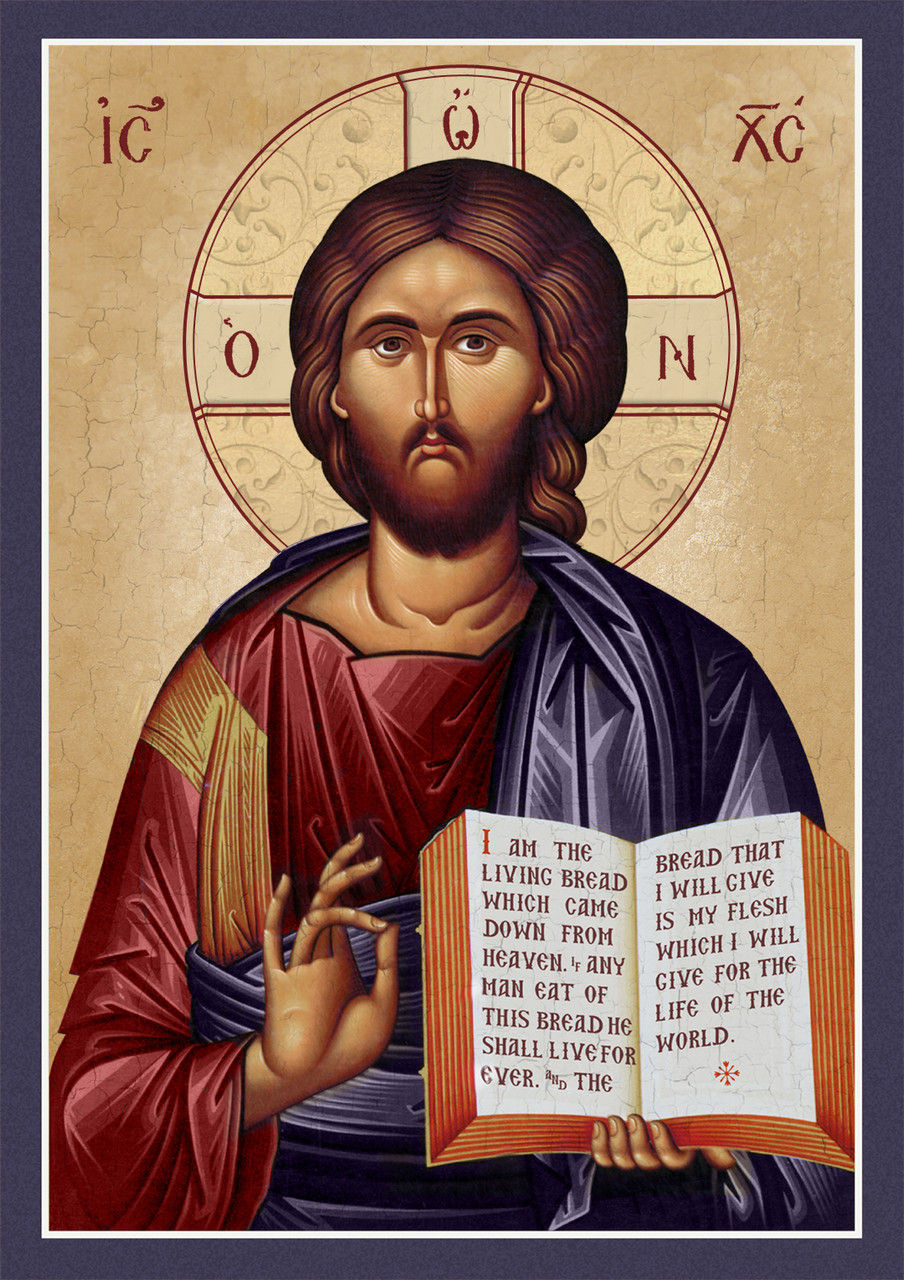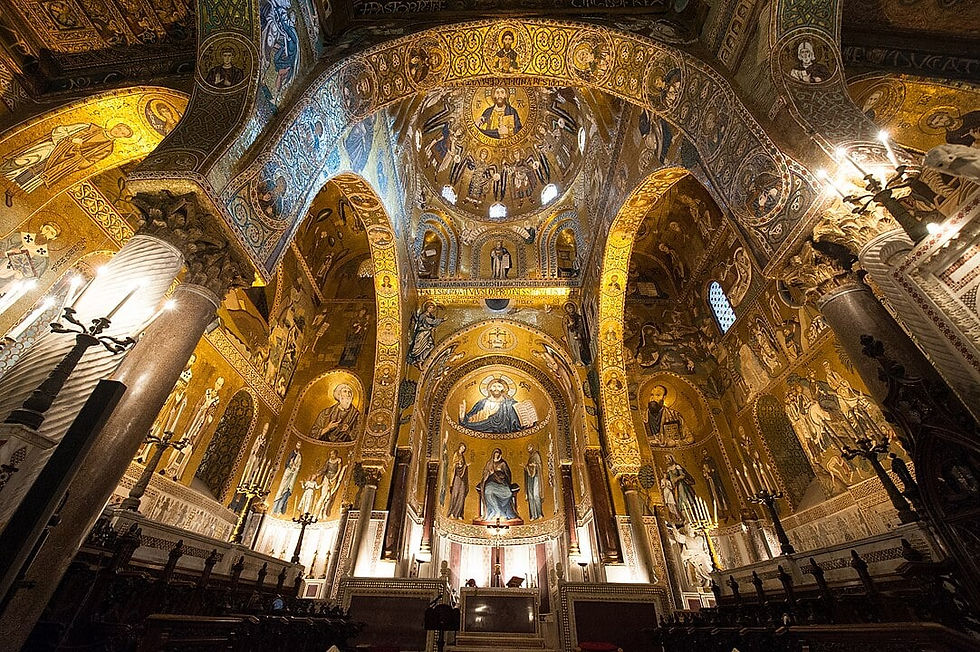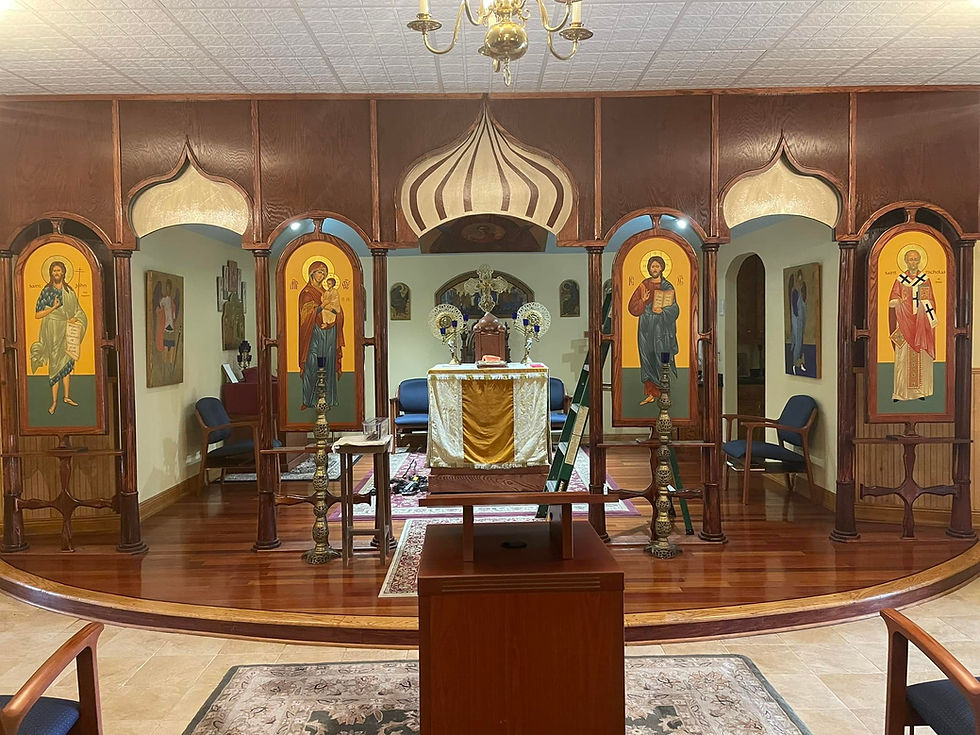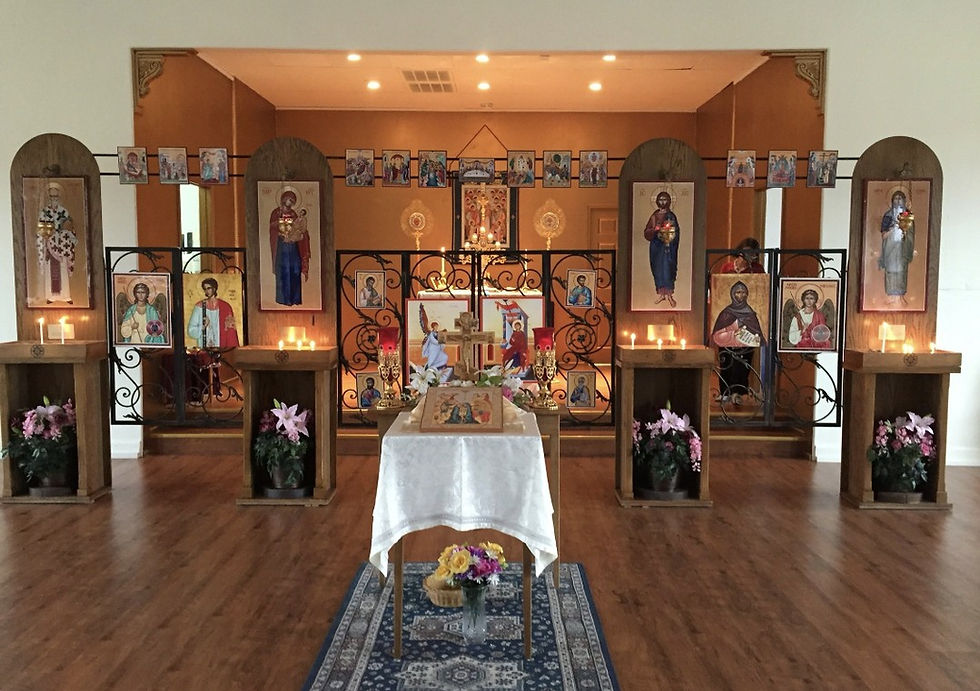Byzantine Catholicism
- byzantineoutreacho
- Jun 19
- 2 min read

Byzantine Catholicism refers to Eastern Catholic Churches that follow the Byzantine Rite, a vibrant liturgical and spiritual tradition rooted in the Eastern Christian practices of the Byzantine Empire. These churches are in full communion with the Pope and the Roman Catholic Church, recognizing papal authority while preserving their distinct liturgies, traditions, and governance structures. They embody a unique synthesis of Eastern heritage and Catholic unity, serving as a bridge between Christian East and West.
Historical Roots
The Byzantine Rite originated in Constantinople, shaped by early Christian centers like Antioch. After the Great Schism of 1054 divided Christianity into Eastern Orthodoxy and Roman Catholicism, some Eastern communities reconciled with Rome, forming Byzantine Catholic Churches. For Ruthenian Catholics, this occurred through the Union of Uzhhorod in 1646, when clergy from the Carpathian region, under Polish-Lithuanian rule, pledged allegiance to Rome while retaining their Eastern rites. These churches uphold Catholic doctrines while maintaining an Eastern identity.
Liturgical and Spiritual Practices

The Byzantine Rite centers on the Divine Liturgy, primarily of St. John Chrysostom or St. Basil, distinguished by its elaborate chants, incense, and rich iconography. Icons, revered as “windows to heaven,” are central to both communal worship and personal devotion, fostering a deep spiritual connection. The liturgy’s mystical structure emphasizes theosis, the transformative process of becoming united with God through grace, a core concept drawn from Eastern theologians like St. Gregory Palamas. Hymns and prayers, often sung a cappella, create an immersive, contemplative atmosphere. The liturgical calendar, frequently based on the Julian Calendar, shapes the rhythm of life, with feasts like Pascha (Easter) and Nativity celebrated on distinct dates. Extended fasting periods, such as Great Lent, are integral, promoting spiritual discipline and renewal. Sacraments, including Chrismation (confirmation) immediately following Baptism, reflect a holistic approach to initiation. The sign of the cross, made with two fingers, and the use of leavened bread in the Eucharist highlight unique ritual distinctions from the Latin Rite.
Structure and Global Presence
Byzantine Catholicism includes autonomous (sui iuris) churches like the Ruthenian, Ukrainian Greek Catholic, and Melkite Churches, each with its own hierarchy, often led by a patriarch or metropolitan. Married clergy are permitted, reflecting Eastern tradition. With millions of faithful, significant communities thrive in Ukraine, Lebanon, Syria, Romania, and the United States, with the Ruthenian Catholic Church prominent in the Carpathian region and among diaspora communities.



Comments